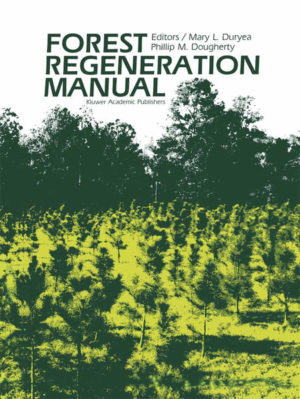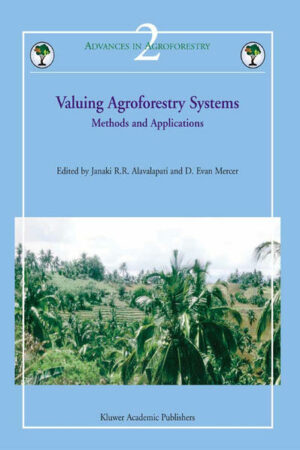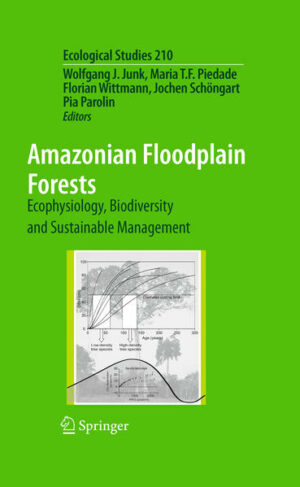| × |  | Handbuch für die erfolgreiche Imkerei von Camille Pierre Dadant bis zum Anngepassten Brutraum nach Hans Beer | 38,00 € | | 38,00 € |
| × |  | Chemielogistik | 89,00 € | | 89,00 € |
| × |  | Forest Regeneration Manual | 406,59 € | | 406,59 € |
| × |  | Valuing Agroforestry Systems | 199,98 € | | 199,98 € |
| × |  | Amazonian Floodplain Forests | 246,09 € | | 246,09 € |
| × |  | Ethnoveterinary Medicine | 235,39 € | | 235,39 € |
| × |  | Plant Synthetic Biology | 181,89 € | | 181,89 € |
| × |  | Guck mal, wer da ist! So wohnen Krabbeltiere | 10,00 € | | 10,00 € |
| × |  | Outdoor-Ratgeber für Angler | 9,95 € | | 9,95 € |
| |